When we think ancient, the first thought that comes to our head is unsophisticated or backward. But, what history has to say is completely opposite. Sure, the ancient people, at times, had strange traditions and rituals with strange laws and rules, but there was also advanced innovation and technological intelligence that never ceases to astonish us. So here are a few facts about ancient civilizations, some of which are just plain weird while the others are utterly sophisticated and cultured.
1. The Aztecs made swords embedded with prismatic obsidian blades that are far sharper than even high quality present day steel razor blades.
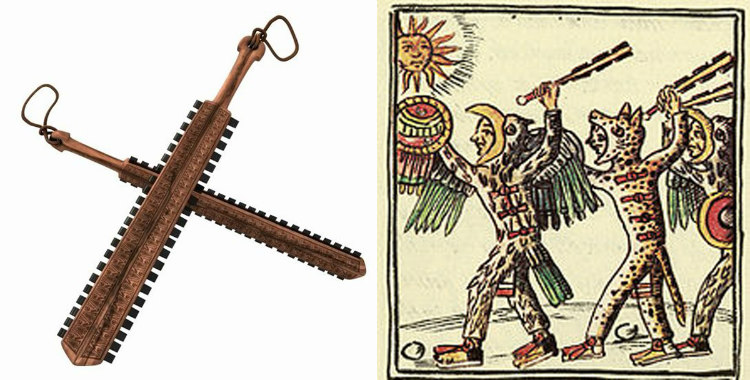
The sword known as “macuahuitl” was a wooden sword with obsidian blades and used as the standard close combat weapon. Obsidian is a hard glass-like rock formed when the lava from a volcano solidifies rapidly before it could crystallize. The swords were made for either one-handed or two-handed grip, with the two-handed one being “as tall as a man”. The obsidian blades were discontinuously arranged with gaps along the side or sometimes they were set close together forming a single edge. According to the Spanish conquistadors, the weapon was so cleverly built that the blades could neither be pulled out nor could they be broken.
2. In ancient Egypt, men could take time off from work to care for menstruating wives and daughters.
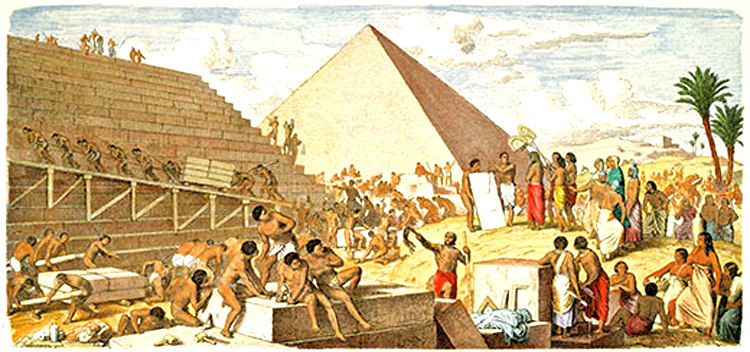
The workers and craftsmen who were hired to build the tombs and pyramids of pharaohs in ancient Egypt had access to many health-care benefits and there are many parallels to the health care system of ancient Egypt and the modern world. According to archaeologist Anne Austin who was exploring the remains of an ancient Egyptian village, there was evidence of the residents being the beneficiaries of what she calls “the world’s first documented health-care plan”. The worksmen were well-provided for and there is evidence to suggest that they would take time off to care for their wives and daughters when they were menstruating.
3. In Ancient Egypt, dwarfs were seen as people who had celestial gifts, were treated with the greatest respect and enjoyed the highest social positions.
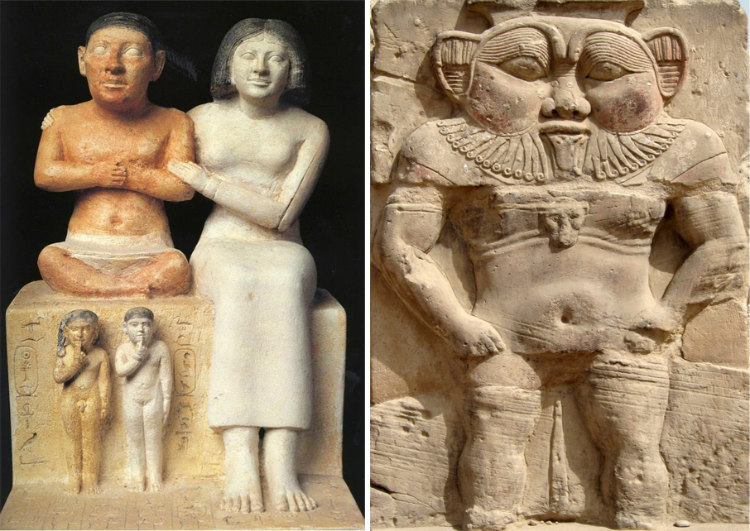
Dwarves enjoyed a significantly elevated social standing in Egypt and were treated with immense respect. They weren’t shunned because of their short stature and were welcomed as a proper member into the family. They were thought to possess divine gifts and were employed as jewelers, cup-bearers for the nobility, tailors and entertainers, and even held official positions. The Egyptians had several dwarf gods such as Bes, the god of dreams, luck and dancing, and Ptah, the god of arts, crafts and creativity. The dwarves were never depicted in a comic way and received lavish funerals.
4. Ancient Egypt had many medical specialists, including proctologists who were called “shepherds of the anus”.
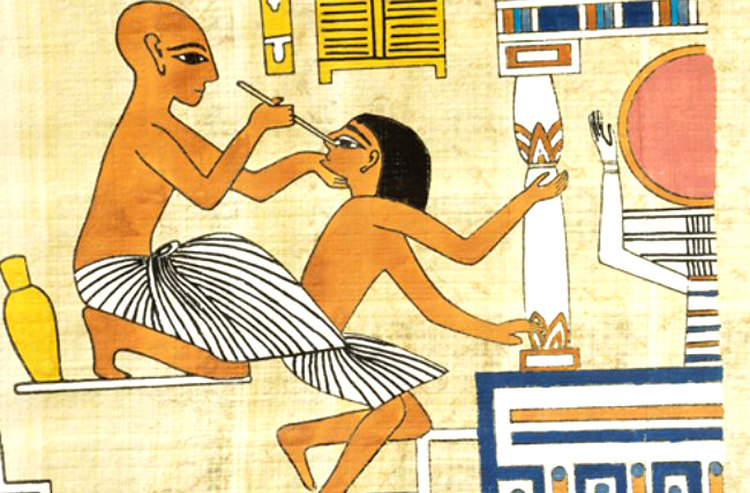
There were many ranks and specializations in the field of medicine in ancient Egypt. Dating as far back as 27th century BC, there are records of a physician named Hesy-Ra who was the “Chief of Dentists and Physicians” to King Djoser and lady Peseshet, who was called the “Lady Overseer of the Lady Physicians”. There were also ophthalmologists, gastroenterologists, proctologists, dentists, “doctor who supervises butchers” and an unspecified “inspector of liquids”. The ancient Egyptian term for a proctologist was “neru phuyt” which literally meant “shepherd of the anus”. During the 1st Dynasty, the Egyptians also established institutions called Houses of Life, which might have served medical purposes like hospitals.
5. Spiked dog collars were invented in ancient Greece and were originally designed to protect the dogs throat from wolf attacks.
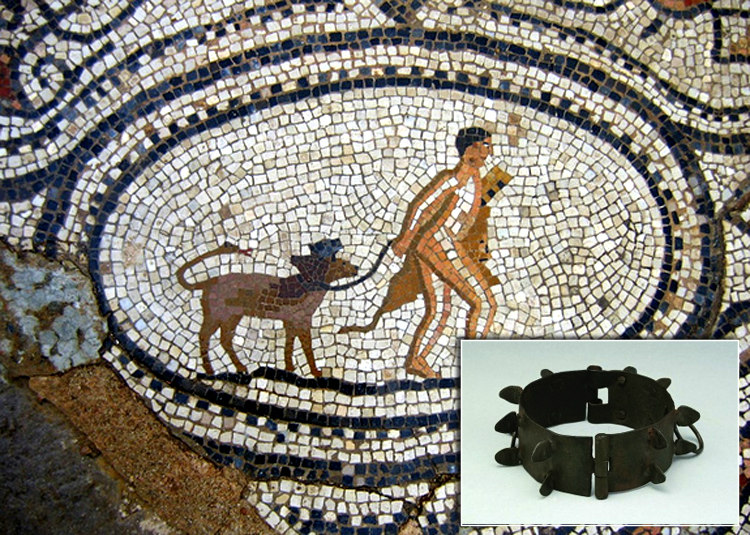
Farmers kept both sheepdogs and farm dogs as guards for their assets. The dogs were given leather collar called “melium”, which was studded with nails. This is so that in the event of a wolf attack their necks would be protected while they defended the sheep. The Greeks preferred to have their farm dogs dark so that they would be difficult to spot in the dark, where as the sheepdogs had to be white.
6. Ancient Persians would drink to excess after making an important decision to know that the decision was sound if they still felt the same way about it when intoxicated.
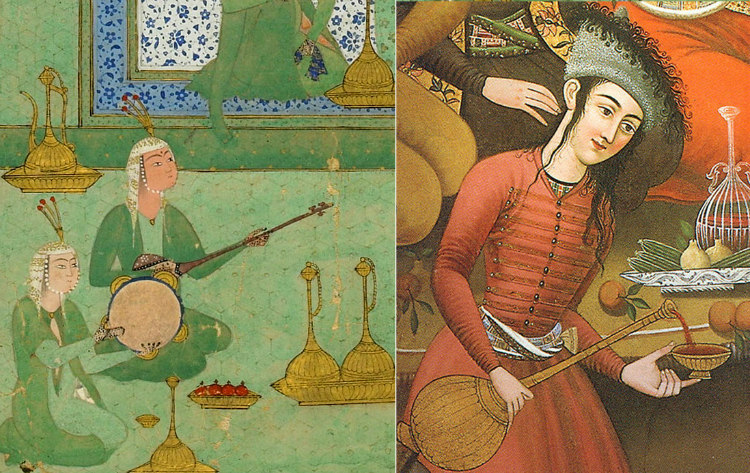
According to the ancient Greek historian Herodotus, the ancient Persians had a ritual of intoxication that requires one to get drunk on wine after making a decision. The purpose of this ritual was to ascertain the usefulness of a decision. Since they believed that you could only tell the truth when you are drunk, they would drink quite a lot of wine after deciding and if their minds still felt the decision was right then it is considered the right decision.
7. The Aztecs regarded childbirth as a form of battle. Women who died giving birth to a child were thought to rise to the highest of heavens, the same as the one male warriors go to when they die in battle.
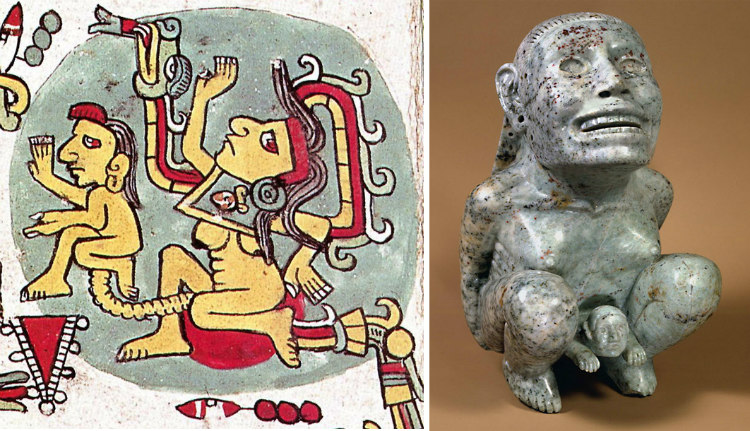
The act of childbirth had a special significance in Aztec civilization and treated it with the same seriousness as they treated battles. Each pregnant woman was assigned a midwife who would welcome the new mother as a triumphant winner of a battle. And if a woman died during childbirth she was give the same special honors a fallen warrior was given to join the honored dead who carried the Sun from the sky to the horizon in the evening. Like with most concepts of Aztec, there is also a dark side to it. They believed that these women could return to Earth and haunt the living.
8. Mayans cultivated stingless bees in Central America for thousands of years. They were regarded as sacred and treated as pets with hives hung in and around homes. Some hives have been recorded as lasting over 80 years, being passed down through generations.

The Mayans extensively cultured the stingless bees, which are now endangered, for honey. The bees were thought to be a symbol of their bee-god Ah-Muzen-Cab. The bees are gathered by cutting the log on which a wild hive is present to create a portable log that encloses the colony. The log is closed on either side using a piece of wood or pottery which allows them easy access to the honey causing minimal damage to the hive. Though inexperienced handlers could do irreplaceable damage, proper maintenance of the hives has been known to preserve the hives for as many as 80 years.
9. The ancient Aztecs and Incas invented peanut butter.
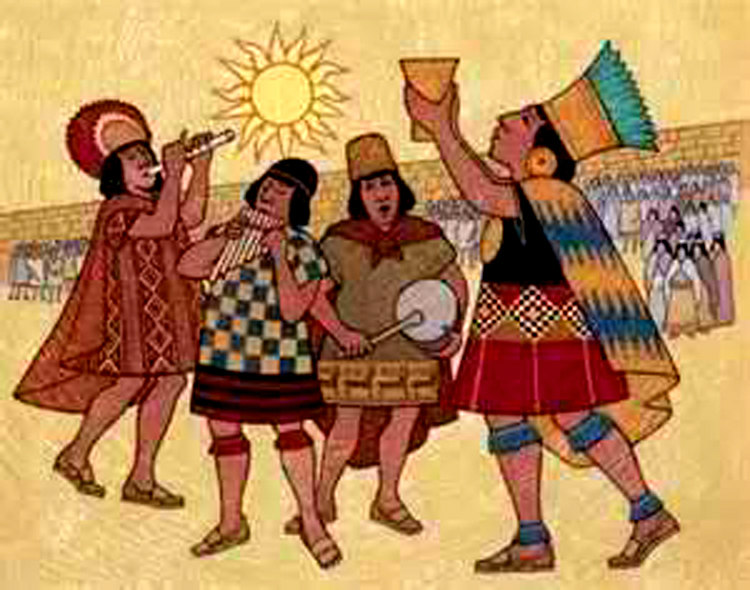
The much loved that has become so ubiquitous and part of our everyday lives had its origins in the times of ancient Aztec and Inca civilizations. The peanuts, back then, were roasted and mashed into a paste, though slightly different from and not as spreadable as the present day version of peanut butter. Later in 16th century, after the Columbian Exchange, the people in West Africa began making peanut butter as well and ate it with honey. Though historians did not give the due credit to the these ancient civilizations, the peanut butter certainly been invented around 3,000 years ago.
10. The pre-Columbian Aztec Empire used cacao beans as currency for small purchases. A small rabbit was worth 30 cacao beans, a turkey egg cost 3 beans and a man could sell his daughter for 500 beans as sexual slave or religious sacrifice .
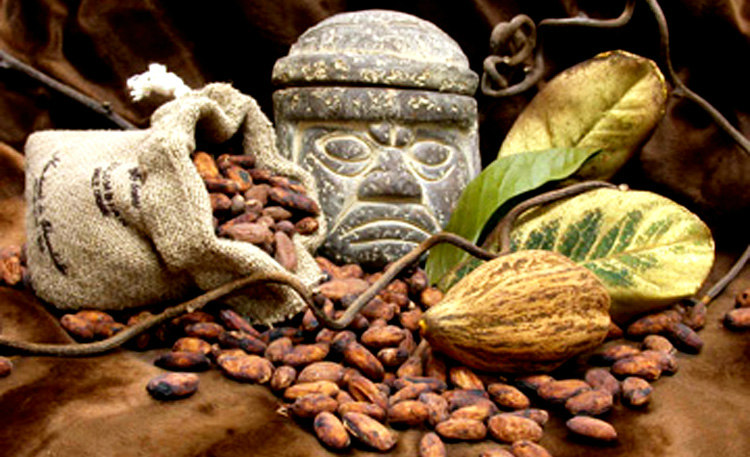
There were several types of currency, one of them being cacao beans, used in the commercial sector or market place during the ancient Aztec civilization. The cacao beans were imported from lowland areas, and used for small purchases. For larger purchases, cotton cloth called quachtli were used. Depending on the quality of quachtli, the equivalent cacao value ranged from 65 to 300. A gold statue weighing around 0.62 kg was worth 250 beans.
11. Around 1000 AD, the Incas had skull surgeons who performed “trepanation”, a procedure to relieve intracranial pressure in people with head trauma. By 1400 AD, the survival rates after the procedure were 90 percent.
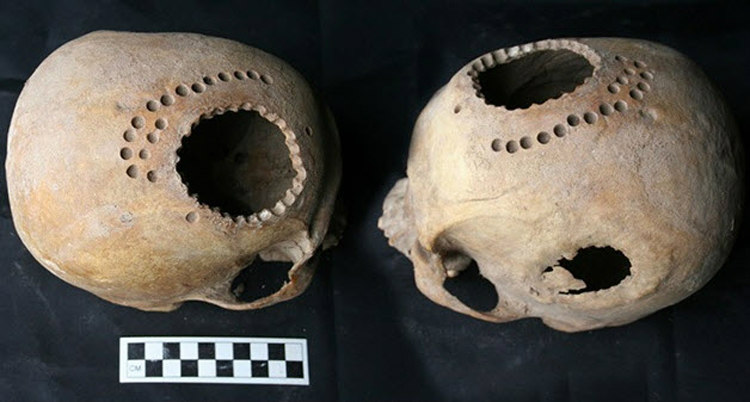
In the event of severe head traumas, the brain swells inside the skull increasing intracranial pressure and depriving the brain of blood flow. To prevent any damage to the brain, surgeons cut open the skull giving the brain much needed space thus decreasing the pressure. The Incas, apparently, had a very detailed knowledge of cranial anatomy. They were even able to carefully avoid the portions of the skull that would likely result in any further brain injury, bleeding or infection. Though, the initial attempts were fatal, they standardized and perfected the surgical techniques over time with fatalities dropping down to just 10 percent.
12. The Mayans used to play a ballgame in which those who lost would become a sacrifice.
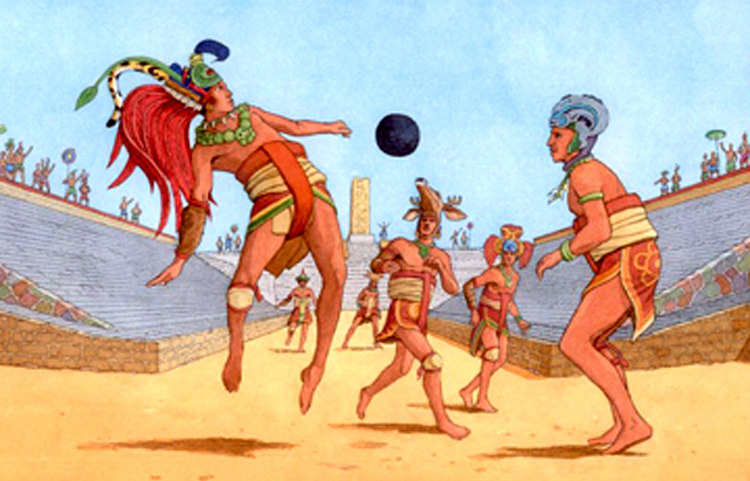
The ballgame, known as ōllamaliztli, had ritual associations and important ritual aspects to it. In the game the players would strike a ball made of solid rubber and weighing almost 4 kg, with their hips, forearms, rackets or handstones. The games were often held at ritual events in which the human sacrifice is often featured, though they were also played for recreation by children and women. A newer version of the game called “ulama” is still played by the indigenous population.
13. The Aztec capital city, Tenochtitlán, was the largest city in the Americas with over 200,000 population. It was built on a man-made island connected to the shore by three causeways. It housed huge pyramids, floating gardens, aqueducts and canals.
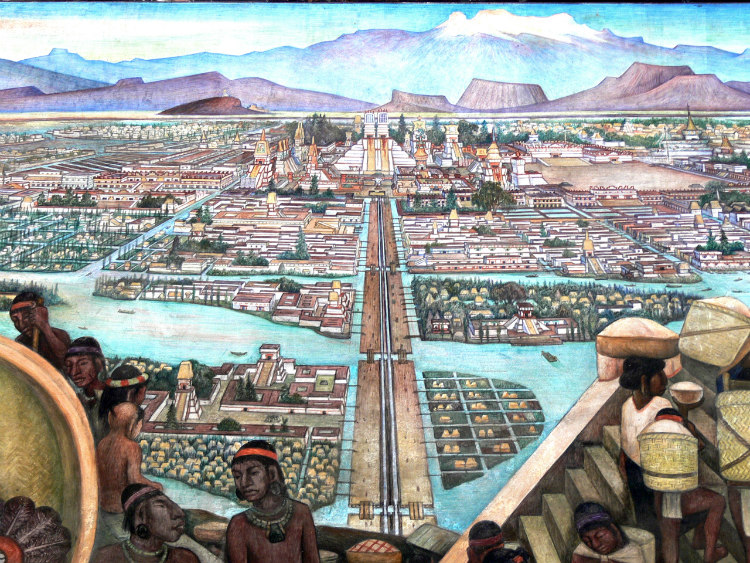
The capital city of Tenochtitlán had a huge sacred area surrounded by wall. Inside there were almost seventy buildings decorated by images of serpents. The greatest among these buildings was the Templo Mayor, named so by the Spanish, which is about 90 feet tall with two stepped pyramids on either side. The city also had three main streets, each leading to the three causeways to the shores. These causeways were surrounded by floating gardens with various shrubs, plants and trees. The city had what are known as “calpulli” or large houses each with its own marketplace where tens of thousands of people conducted business.
14. The first person in history whose name we know is Kushim, an accountant from Mesopotamia from around 3200 BC.
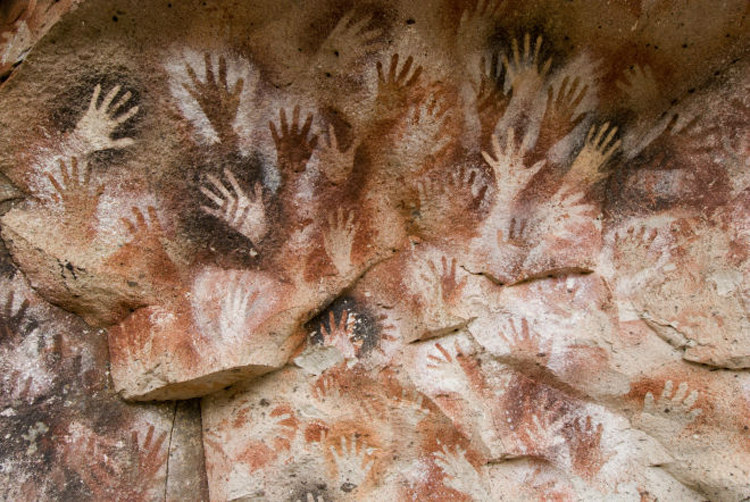
Through history, though there were many people whom the experts were able to identify and name, not a single person before 3200 BC could be identified by a name, making Kushim the first. Surprisingly enough, it was not a king, queen, warrior, poet or anyone of import. It was an accountant who existed 33 centuries before Christ who was recorded on a tablet found in Mesopotamia. The tablet is a record of a transaction saying “A total of 29,086 measures of barley were received over the course of 37 months,” and was signed Kushim.
15. The Indus Valley Civilization had the world’s earliest known flush toilets. Almost every home in the cities of Harappa and Mohenjo-daro had a flush toiled connected to a sophisticated sewage system.
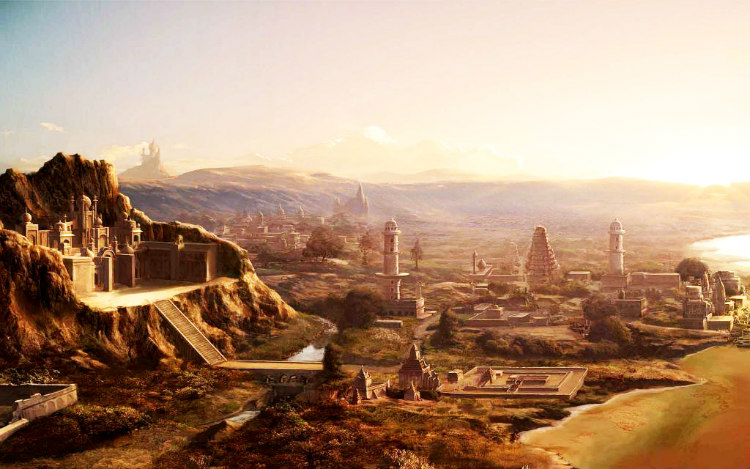
The Indus Valley Civilization had a very advanced lifestyle and valued equality among the citizens with no centralized power. Their settlements were planned near the sources of raw materials with their urban planning including the world’s first sanitation systems. All their homes had access to water from wells and proper drainage facilities. The waste water from bathing and cleaning was directed to drains lined that lined up major streets.
16. Inca architecture was built to resist any level of earthquakes with the stones vibrating and falling back in right order even after a tremor.
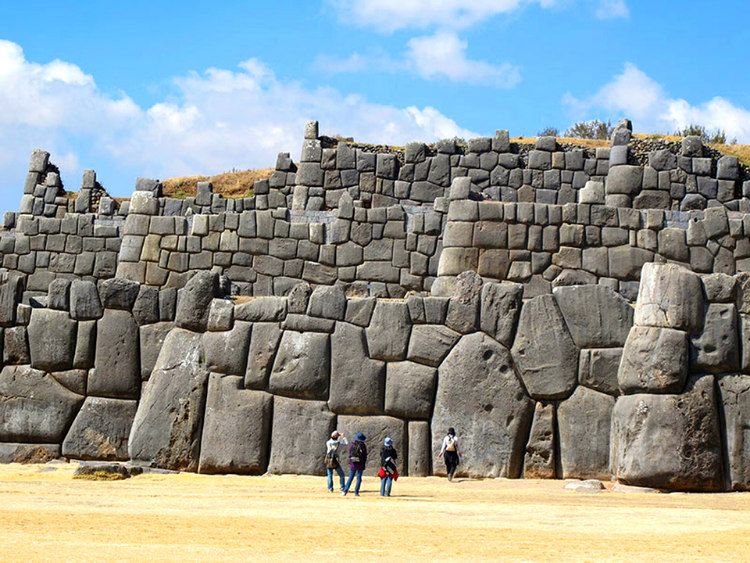
The walls of Incan buildings were rounded in the corners and inclined on the inside. The static and dynamic steadiness of Incan walls is comparable to no other when there is seismic activity in the earth. Whether the earthquake is small or moderate, the masonry stayed stable. And during strong earthquakes, the stones used in building the walls would “dance” near their position and when the tremor passes would come back exactly to their right place.
17. The ancient Persian engineers built a type of evaporative cooler called “Yakhchāl”, which could store ice even in the middle of summer.
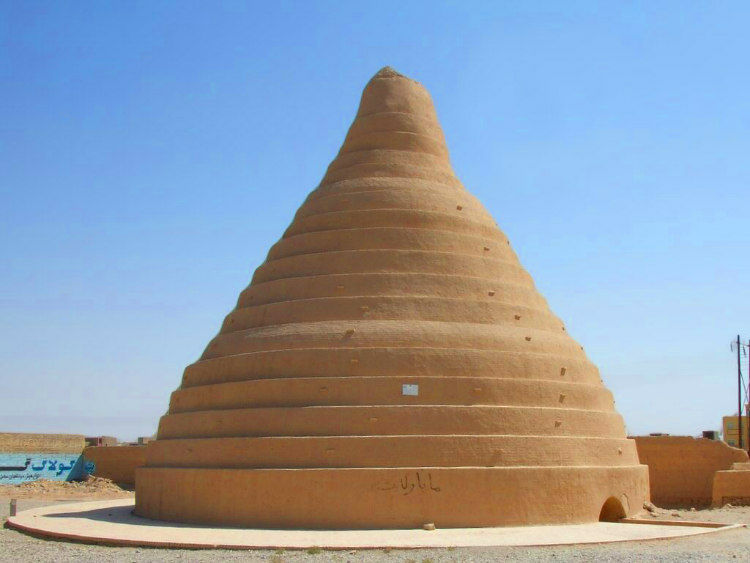
The cooler had a domed shape above the ground and a subterranean storage space. It was used to store ice and other food materials. The coolers were constructed using thick heat-resistant construction material that would insulate the storage space. Along with that the subterranean space, which was around 5,000 cubic meters, also served to enhance the cooling effect. The ice was brought from the mountains nearby in the winters. The space also often had water tunnels from the mountains and windcatchers or wind towers that would bring down the temperatures to frigid levels even during summers.
18. In ancient Rome, having a big penis wasn’t seen a sign of manliness or sexual prowess. What we consider “well-endowed” was considered a sign of a barbarian or a fool.
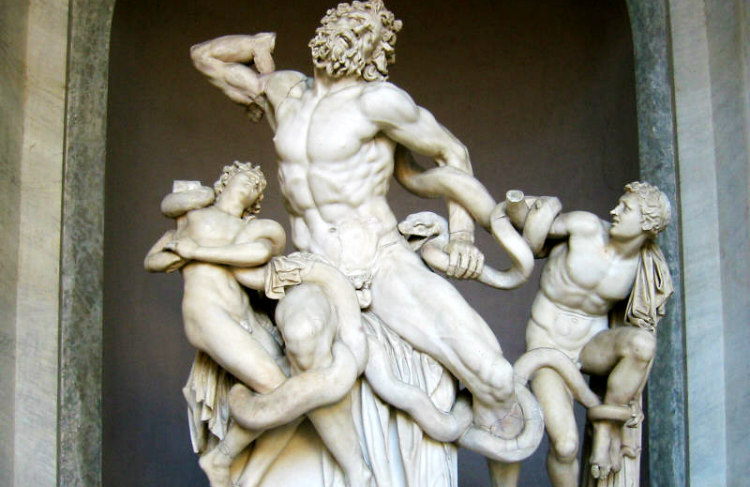
All the sculptures and paintings of ancient Roman heroes, whether mythical, political or athletic, portrayed small and compact genitalia, similar to those of pubescent boys. Large penises were mostly used as good-luck charms and as a source for laughter which was believed to be a ward against evil. The Romans had art or mosaics of an African slave with a long dangling penis in their houses or outside private baths. Other such depictions include a hunchbacked dwarf with a penis so large he could embrace it as objects of mockery because of the distorted or rather ungraceful nature of it.

No comments:
Post a Comment